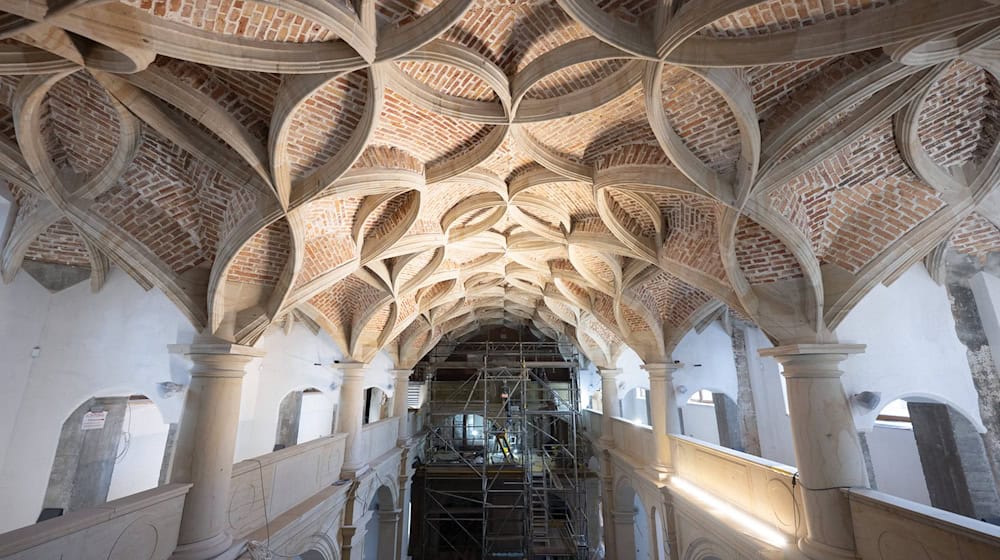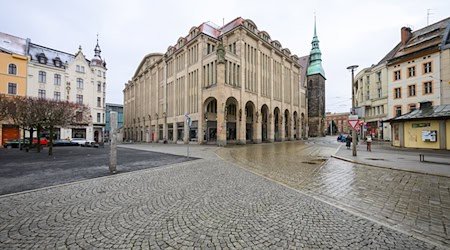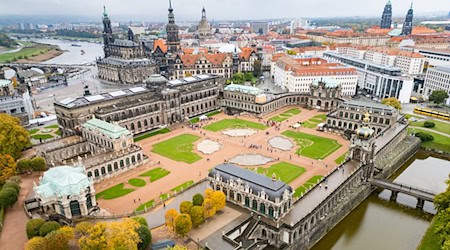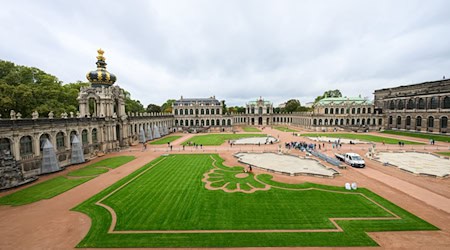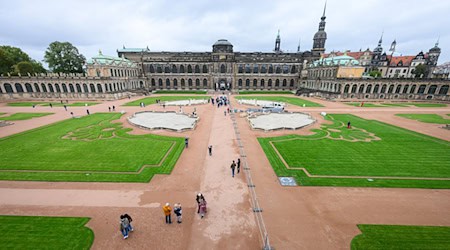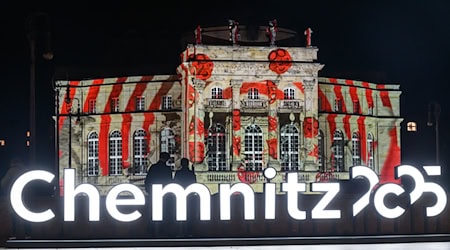The Dresden Residenzschloss has its venerable palace chapel back. What began as a simple shell in GDR times is now an architectural masterpiece and combines old tenancy with modern technology. According to the Saxon Ministry of Finance, the chapel will not only be used for concerts in future, but will also serve as a multifunctional hall with seating for 270 people. The extension cost 8.4 million euros. 3.7 million of this was contributed by the federal government. Including the vaulted ceiling, the restoration of the palace chapel cost around 12 million euros.
"The Saxons have made the impossible possible again."
The Minister of State for Culture Wolfram Weimer also attended the handover of the keys. "The Saxons have made the impossible possible again," he said. They are admired for this in Germany and throughout Europe. "And today they have shown once again how you can turn ruins and memories, the spirit of research and craftsmanship into a place that is truly world-class (...) This latest miracle of Dresden gives everyone in Germany hope and faith in ourselves." Weimer: "My God, it's beautiful!"
Saxony's Finance Minister Christian Piwarz (CDU) paid tribute to all those involved in the completion of the 16th century chapel - from the planners to the architects to the craftsmen. "The symbiosis of sandstone, concrete, glass and brick here in the castle chapel is an elegant vessel that wants to be filled with sounds, tones and words and, above all, with people who create and enjoy them. And what could be more obvious than to transform the castle chapel into a multifunctional event space, hopefully for the enjoyment of present and future generations."
Curved ribbed vaulting is considered an architectural gem
The real special feature of the castle chapel is its ceiling, a so-called curved ribbed vaulting. This means that an old building technology from the Gothic period has experienced a renaissance. Architects, researchers and civil engineers discovered the secret of this type of vaulting after construction plans had disappeared and the technology had only been passed down orally. According to the Ministry of Finance, no one had ever managed to build a medieval vault from scratch using bricks and double-curved sandstone ribs according to traditional techniques. It was not uncommon for today's master builders to have to tinker during their work between 2010 and 2013.
Dresden Residential Palace to be finally completed in 2027
The palace chapel is another building block in the interior construction of the Residential Palace, which was destroyed during the Second World War. The Free State of Saxony and the federal government are expected to invest around 407 million euros in this project, which began during the final phase of the GDR, until all areas are completed in 2027.
Dresden Castle and its museums are an "integral part of German and European cultural history", said Weimer. "They make Dresden a cultural metropolis of the world." The palace is more than beauty. It shows German history in all its complexity: artistic splendor and flourishing, destruction and reconstruction, loss and renewal.
Prince Elector Moritz of Saxony had the palace chapel built around 1550 as a church and music venue in the north wing of the residential palace. As the court chapel of a Lutheran elector, it was a central symbol of the Reformation and at the same time a space for music. It was the venue for the court chapel founded in 1548, which is now the Saxon State Orchestra of Dresden. Conductor Heinrich Schütz performed his works here in the Baroque period.
The Dresden State Art Collections (SKD), as the palace's landlord, now want to use the chapel as a diverse meeting place - as a "venue for music, for academic and social discourse and for private events", as SKD Director General Bernd Ebert put it. There will be an open day next Saturday. From November 19, the palace chapel can be visited as part of guided tours.
Copyright 2025, dpa (www.dpa.de). All rights reserved

